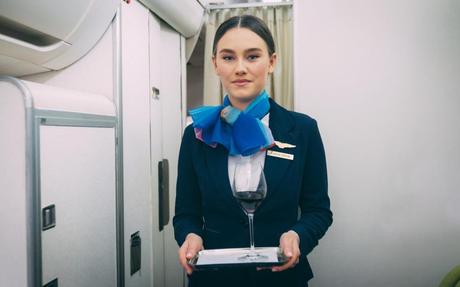
Cabin brawls seem to appear in the newspapers almost every week. In February 2024 alone, two highly publicized fights broke out on Ryanair flights between Edinburgh and Tenerife. The air rage is officially on the rise: between 2019 and 2022, the number of unruly passenger incidents at British airlines has tripled, according to the Civil Aviation Authority.
What can you expect when you're in the middle of the chaos? Below, cabin crew member Jay Roberts, who also runs the airline industry social media community A Fly Guy's Cabin Crew Lounge, explains how airline crews are dealing with these incidents - and what you can do to help.
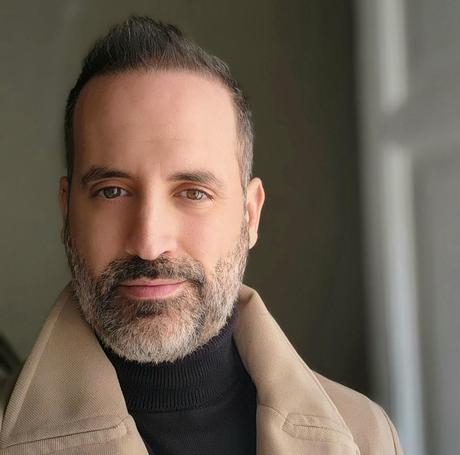
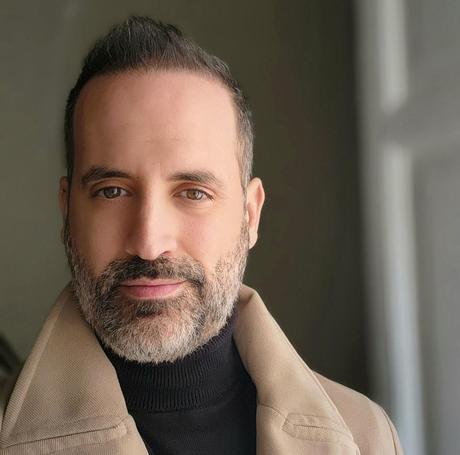
We'll keep an eye on you at the airport
Passenger profiling starts at check-in. Intoxication is the main cause of disruptive behavior on board. That is why ticket counter staff are trained to recognize signs of intoxication. They do not check in passengers who appear to be under the influence of substances.
However, thanks to online check-in, many passengers now bypass this first point of contact. It means the boarding gate can be the first place staff can identify someone who may be aggressive.
As a former gate agent at one of the busiest airports in the world, one of my main objectives was to prevent problematic passengers from boarding the plane, while some pilots and flight attendants also perform an initial scan of the passengers before boarding . On one occasion, a pilot refused boarding to a passenger at my boarding gate after witnessing their behavior towards airport restaurant staff as they waited for a takeaway order.
We are trained for the worst
Aviation security training typically covers at least one, if not two, days of the initial cabin crew training curriculum. New employees learn the airline's specific techniques for controlling violent passengers.
Each airline takes a unique approach: some draw inspiration from military tactics developed by government special forces, while others integrate martial arts. The extent of training offered by an airline is often related to the duration of its flights, with crew members on long-haul routes receiving more extensive training due to higher passenger volumes and limited diversion options.
The story continues
At my training school, a Taekwondo master taught us restraint techniques he developed to manipulate pressure points for effective immobilization with minimal effort and injury. These skills were regularly refreshed and practiced under the guidance of a black belt Taekwondo instructor during our mandatory annual training.
We avoid a fight if possible
The cabin crew remains vigilant throughout the flight, aware that we may need to use our training as soon as possible. Before each trip, we participate in a pre-flight briefing to assess any potential threats and discuss and determine the methods we will use if problems arise.
Usually, alcohol consumption and the behavioral tendencies of different cultures under its influence are the main threats to peaceful flight. Passengers on British routes are notorious for their alcohol consumption, with destinations such as Manchester and Newcastle historically proving to be the most problematic of all.
To counter the threat, the crew focuses on the proper serving of alcohol and the best non-physical techniques for dealing with drunk Brits to avoid physical confrontations. As a senior crew member I often used a British crew member to deal with the British passengers: they always seemed to know what to say to calm them down.
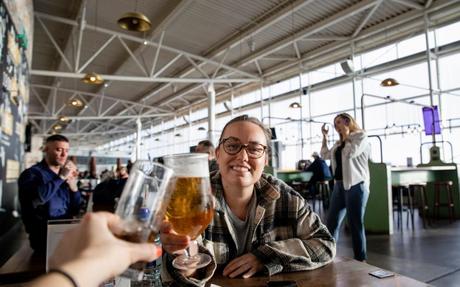
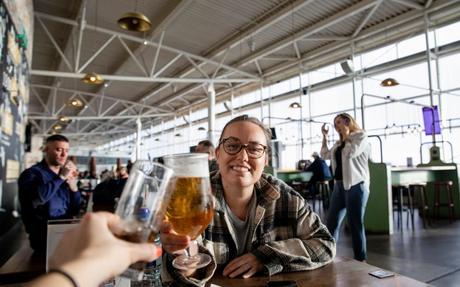
We have a plan when the punches start flying
Even with the most effective de-escalation techniques, conflict still arises. The way the crew handles this depends on several factors, including the size of the altercation in relation to the number of personnel. A small crew may need help from other passengers to end the disruption, while larger aircraft usually have a larger number of well-trained cabin crew to provide backup and disperse any disturbances.
The primary purpose is to separate the conflicting parties so that we can ensure the well-being of all passengers and crew. But we must consider our own safety, which affects our level of involvement in larger disputes.
Airlines often share the success rates of the techniques they teach us, which strengthens our confidence in our training and ensures that we adhere to our procedures. When aggression is directed at us rather than at other passengers (as is usually the case), it is easier to deal with it: our focus is on maintaining order rather than on physical altercations.
Surprise is our ultimate weapon
To maximize the effectiveness of their security techniques, airlines do not share them with the public. They also do not reveal which instruments the flight crew use.
However, airline staff gain a lot of experience with communication and excel at it. Our interpersonal skills are the most effective tool crew members can use before resorting to physical violence. We are specially trained to use our verbal skills in specific patterns to diffuse confrontation.
When words fail, we are forced to resort to physical measures. Handcuffs or other types of restraints are widely available to restrain disruptive passengers until the plane lands and police take over.
Even with procedures and training, sometimes it's best to use what we have at hand to defend ourselves. A few years ago, an American Airlines flight attendant even put a coffee pot to the head of a violent passenger during a domestic flight in the US.
Normally we are grateful for your help
Since September 11, more passengers appear eager to play a role in resolving disruptive behavior, and flight attendants have been trained to ask for help from some airlines. Other airlines prefer to have crew members handle incidents and only seek assistance from passengers professionally trained in takedowns, such as police officers or soldiers.
Airlines that use this approach claim it results in fewer injuries and less risk of harm to the person being restrained. If you are willing to assist the crew and belong to law enforcement or the military, are certified in martial arts, or are a licensed medical professional, you can identify yourself as an ABP (able-bodied passenger) and communicate your seat to the cabin crew.
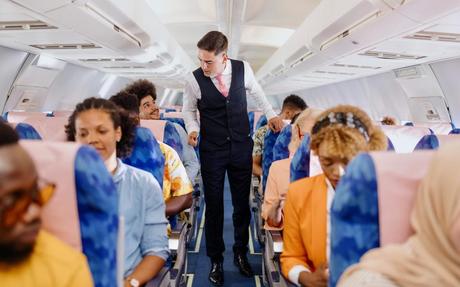
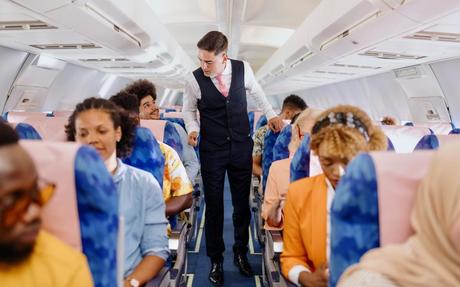
Sometimes we need medical support after the event
In the wake of the pandemic, reports of abuse and attacks on cabin crew have reached a record high. We carry out our duties to protect the traveling public, but unfortunately we appear to be bearing the brunt of the public's reduced patience and increasing aggression.
Far too many of us end our flights with cuts and bruises after being abused by passengers. Following a traumatic incident on board, it is common for a responsible airline not only to provide medical care, but also to contact the crew and determine whether they require additional mental health care before they are deemed fit to resume flying duties.
We value information from passengers
They are our eyes and ears in the cabin and play a crucial role in aviation safety. Many potentially dangerous situations have been identified and resolved as passengers alerted flight attendants after observing suspicious behavior.
Just as you are encouraged to report suspicious objects at airports, I would urge passengers to report any aggressive behavior by fellow passengers towards ground or cabin crew. Even seemingly minor violations (such as secretly bringing alcoholic beverages on board) can lead to disruptive behavior.
